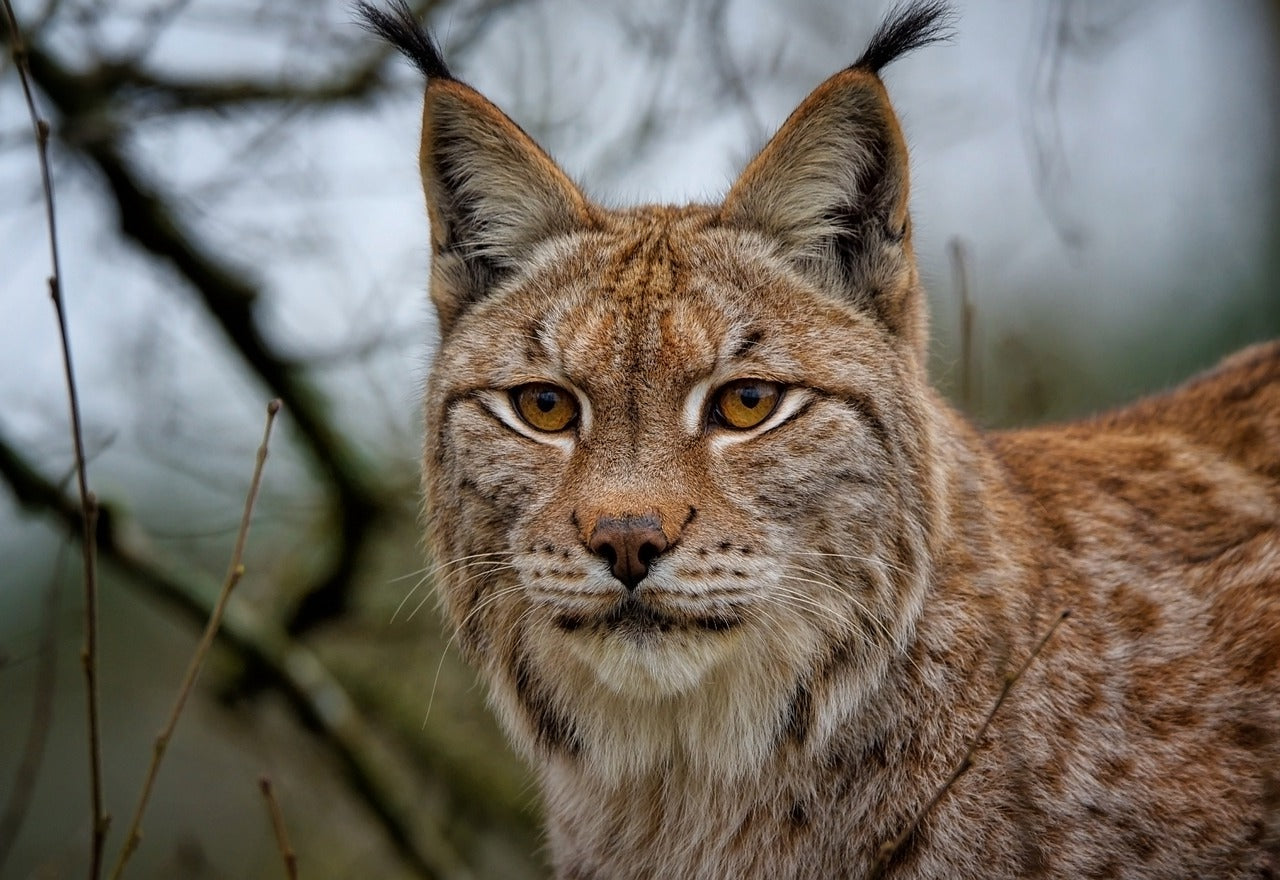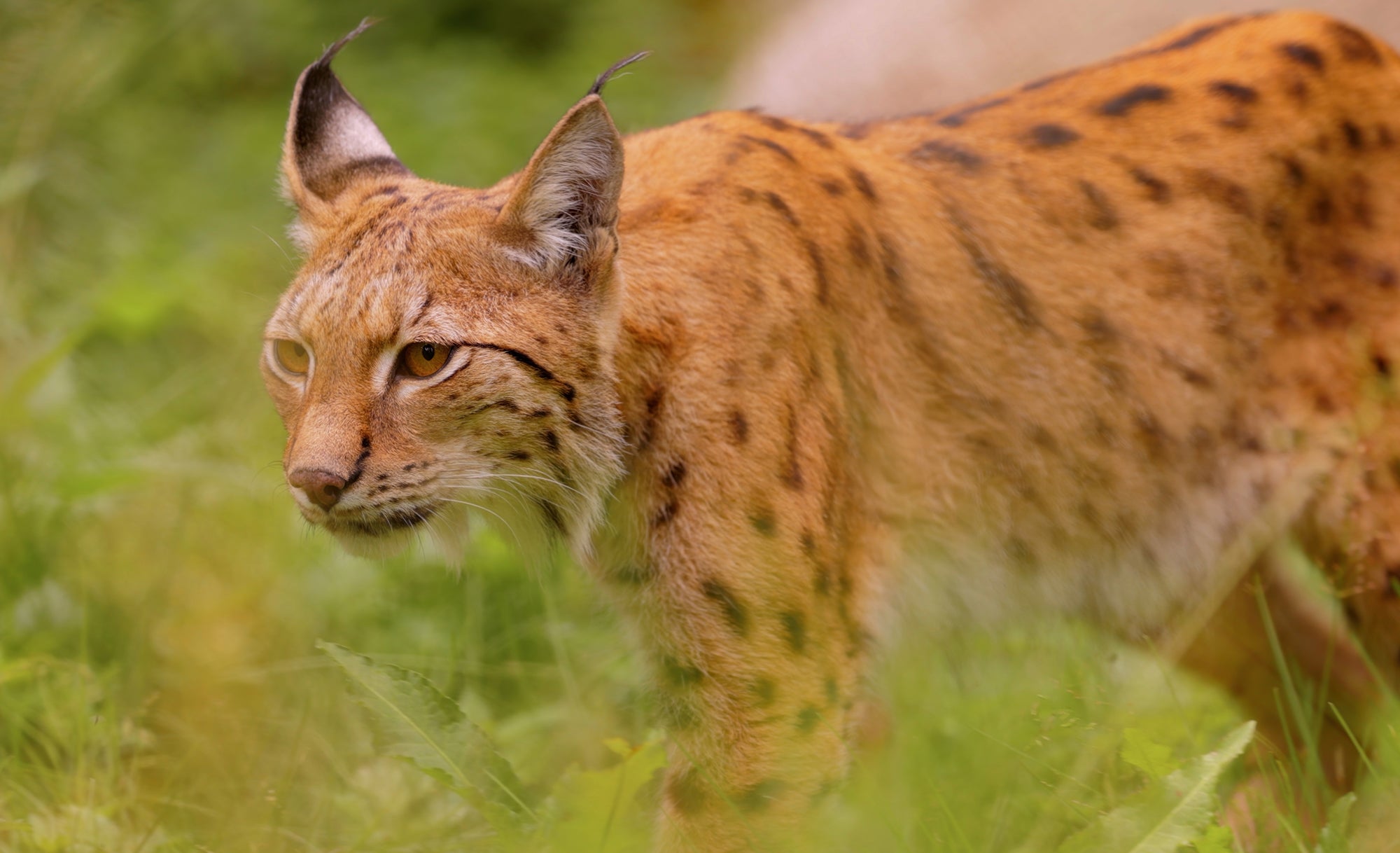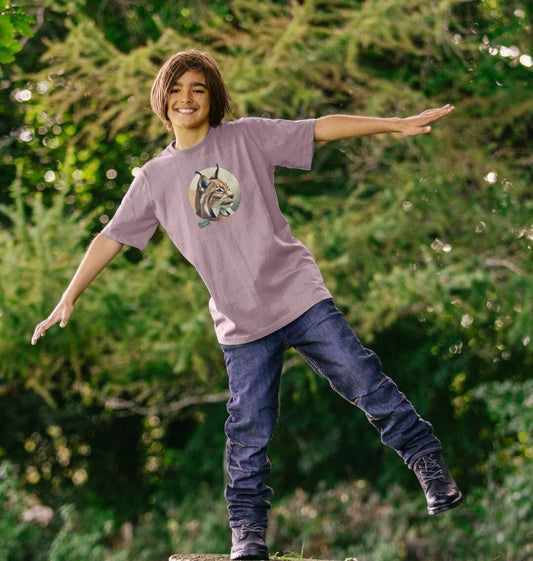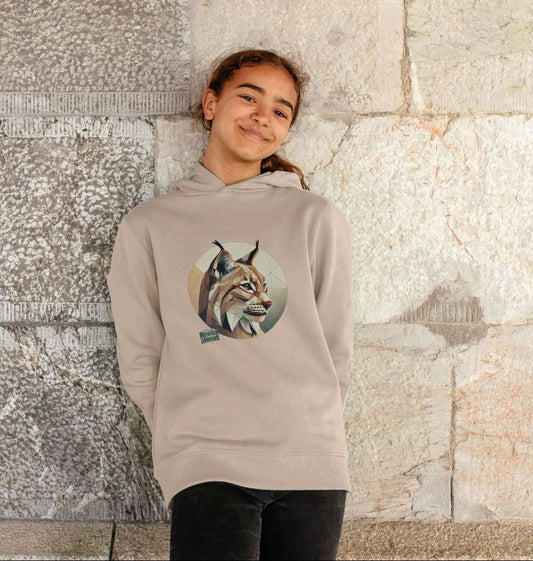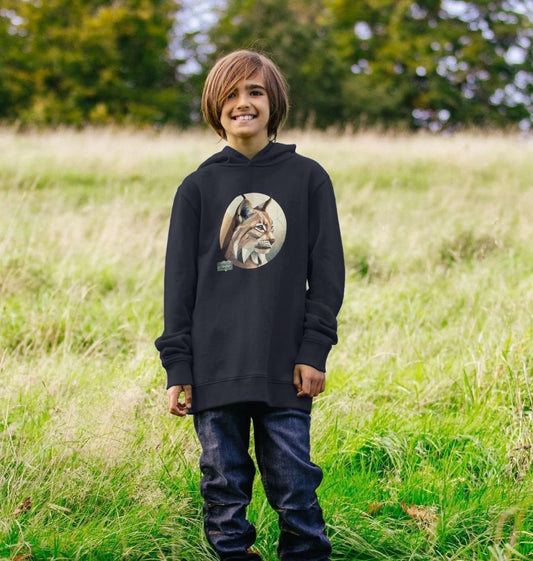Eurasian Lynx
The Eurasian Lynx is a solitary, medium-sized wildcat known for its tufted ears, striking eyes, and thick seasonal coat.
Full Name: Eurasian Lynx
Latin Name: Felis Lynx
Classification: Mammal
Adult Weight: Up to 30kg for males and 18 kg for females.
Adult Length: From approx 81 to 130 cm.
Lifespan: Can live up to 17 years in the wild
Preferred Habitat: Mixed woodland and scrub, mountainous and forested areas.
Status: Extinct in Britain since 700 AD, but making a positive comeback across Central Europe.

